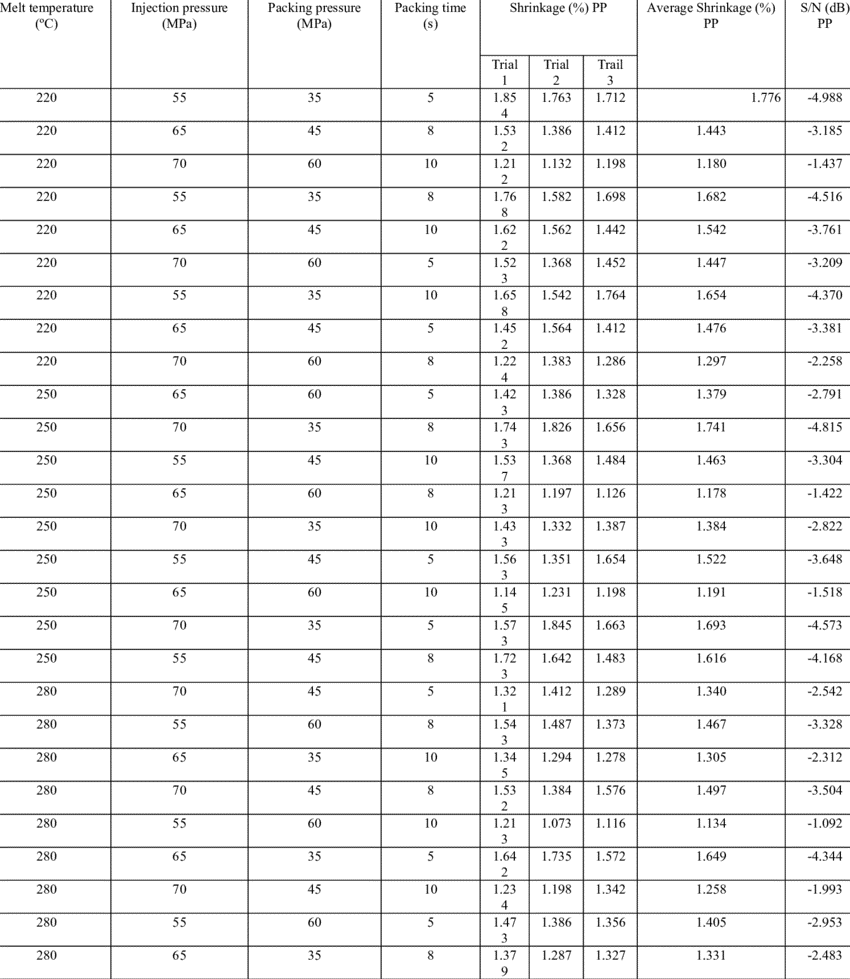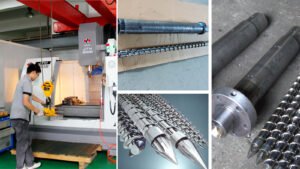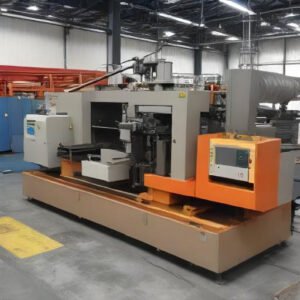Contents
Mold Shrinkage Chart
What is Plastic Mold Shrinkage?
Why Plastic Mold Shrinkage Rate is Important
How is Plastic Mold Shrinkage Calculated?
Plastic Mold Shrinkage Chart
What Types of Materials Shrink the Most?
The Importance of Plastic Injection Molds
Where to Get the Best Plastic Mold Design
Conclusion
Injection molding is a great manufacturing process that helps your business scale exponentially with ease. The injection molding market is growing, with top names planning more investments and growth in the upcoming year. The future is also looking bright for the industry, as the latest technological breakthroughs keep pushing the boundaries forward.

That said, injection molding is a complex process with little margin for error. One of the most serious issues that you have to take into account while going through the process is mold shrinkage. If the engineers have not taken the mold shrinkage chart into account during the injection molding process, mold shrinkage could potentially cost you thousands.
What is Plastic Mold Shrinkage?
Mold shrinkage refers to the loss in volume when plastic materials melt and then reform themselves after have been cooled down. This event happens because thermoplastic materials have different densities in melted form and solid form. When the material goes through the solidifying process, part of this difference will be lost, resulting in mold shrinkage.
Mold shrinkage varies a great deal between materials and the volume of the end product. It can reach a staggering amount of 20% if not dealt with.
Why Plastic Mold Shrinkage Rate is Important
Mold shrinkage presents a major issue for manufacturers, as the volume of lost materials will compound over time to create a huge number, which translates to massive costs. Furthermore, if mold shrinkage is not dealt with properly, it is likely that you will produce sub-par products that do not conform to the strict requirements set out by the customers.
Another consequence of mold shrinkage is uneven shrinkage, an event called warpage by industry experts. In this scenario, each section of the finished product shrinks so unevenly that they create stress on one another, rendering the finished product ineffective for long-term use.
For these reasons, as a business owner, you have to take into account mold shrinkage rates before starting the process. One good way to keep track of the mold shrinkage rate is through the mold shrinkage chart.
How is Plastic Mold Shrinkage Calculated?
Before we get into the mold shrinkage chart, let’s take a quick look at how the mold shrinkage rate is calculated. Mold shrinkage rates need to be calculated with precision because each material features different characteristics, making sure that your business can adapt to different thermoplastic materials.
The basic formula for calculating mold shrinkage is actually quite simple:
(RBefore – RAfter)/RBefore*100
Where:
RBefore: Dimension of the mold cavity before the project starts
RAfter: Dimension of the molded parts
This formula is a reliable method to calculate potential mold shrinkage for future projects. However, this method requires you to actually make test batches first, so it is not the most cost-effective solution.
Plastic Mold Shrinkage Chart
A mold shrinkage chart is the best choice for you if you wish to quickly set up your assembly line and create high-quality products as soon as possible. These charts contain helpful technical information such as shrinkage per melt temperature, loss volume, etc. for many different materials, providing you with quick references to calibrate when necessary.
Do keep in mind that shrinkage rate is a relative value, as there are a lot of different factors in play. Most shrinkage charts will show the minimum values along with the maximum values so that you can easily determine which materials will suit you the most.
The sample below is the mold shrinkage chart for PP, a very popular thermoplastic material.

Mold shrinkage charts are based on real-life experience, so they are absolutely valuable resources that you should rely on before starting the injection molding process in order to minimize losses.
What Types of Materials Shrink the Most?
As established before, each kind of thermoplastic material features different mold shrinkage rates, so naturally, as business owners, you should strive for materials with limited shrinkage. ABS thermoplastic materials naturally come with low shrinkage. On the other hand, nylon and acetal materials feature significant post-process shrinkage.
That said, you should always choose materials based on a case-by-case basis, as different projects will have different requirements as well as needs. Reducing mold shrinkage is an important goal, but it certainly is not the only factor in the equation.
The Importance of Plastic Injection Molds
Another key to a successful plastic injection manufacturing business lies in the mold design. Efficient mold design can not only help you to easily cut down on costs but also minimize incidents of failure. Smart mold design also helps your business to scale exponentially, as you will be using the same mold for thousands of finished products in the future.

Mold design is certainly not going to be cheap, as the cost for the initial setup of an injection molding manufactory can get pretty high. That said, the costs are well worth it, even after taking shrinkage into account, simply because of the amazing scalability of this production method.
Where to Get the Best Plastic Mold Design
Because of the importance of the mold, getting your first plastic mold from experts with years of professional experience in the field is essential. Remember, one small defect on the mold itself can cost you hundreds of thousands down the line.
Kuixing Electronics is the expert you need. With over 25 years of experience in the field and core competencies in plastic molds, we are confident that we have the solutions for all your needs when it comes to plastic molds or injection molding.
Conclusion
A mold shrinkage chart is a reference document that includes the shrinkage rate for each type of thermoplastic material, as well as other complementary information. This document helps engineers to choose the perfect material accordingly to a project’s needs.
Reducing mold shrinkage is a top goal for businesses, as this issue can have wide-ranging impacts on the production line as well as on the finished products themselves. On top of that, you should take into account the mold design to make sure that you are in possession of reliable plastic molds that stand the test of time.








